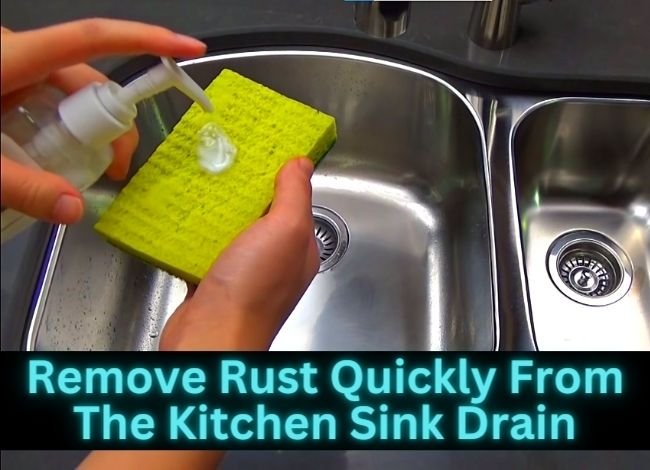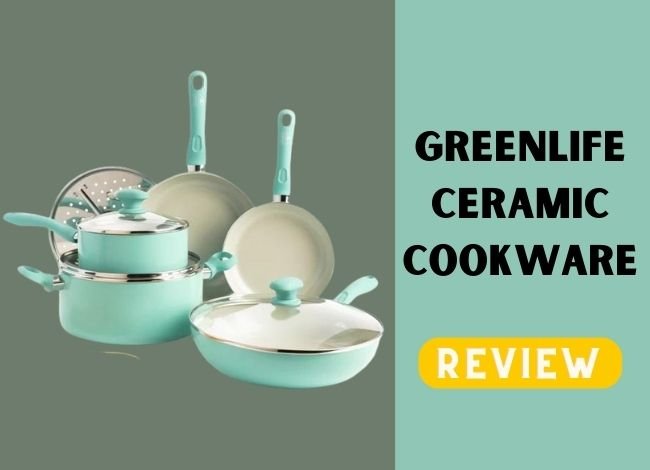Last Updated on December 17, 2023
A kitchen sink drain is a plumbing fixture that is installed in the bottom of a kitchen sink. Its primary function is to allow water and waste to flow out of the sink and into the plumbing system. The kitchen sink drain typically consists of a drain pipe, a strainer, and a stopper. The strainer is a removable basket that fits over the drain opening and helps to catch food and other debris that might otherwise clog the drain. The stopper is a plug that fits into the drain opening and can be used to seal the sink when it is not in use. In most cases, the kitchen sink drain is connected to the plumbing system using a P-trap, which helps to prevent sewage gases from entering the home.
Related: Can sewage come up the kitchen sink?
Causes of rust in the kitchen sink drain pipe:
It is normal for a sink drain to accumulate some rust over time, especially if it is made of metal. However, excessive rust can indicate a problem with the drain or the plumbing system. There are a few potential causes of excessive rust on a sink drain:
Age: An older drain may simply be more prone to rust due to wear and tear.
Water quality: Hard water, which contains high levels of minerals such as calcium and magnesium, can cause rust to form on metal surfaces over time.
Poor maintenance: If a sink drain is improperly maintained, it may accumulate rust more quickly.
Removing rust from kitchen sink drain
If you notice excessive rust on your sink drain, it is a good idea to have a plumber inspect the drain and the plumbing system to determine the cause of the rust and make any necessary repairs. There are a few different methods you can use to remove rust from a sink drain:
- Use an effective rust remover
Rust removers are specifically designed to dissolve and remove rust from metal surfaces. Follow the manufacturer’s instructions for use and apply the rust remover to the affected area. After the rust has dissolved, use a scrub brush or scouring pad to remove any remaining rust.
- Use vinegar and baking soda.
Combine equal parts vinegar and baking soda to create a paste. Apply the paste to the rust and let it sit for several hours or overnight. Use a scrub brush or scouring pad to scrub the rust away. Rinse the drain thoroughly with water when finished.
- Use a wire brush.
If the rust is not too severe, you may be able to remove it using a wire brush. Scrub the rust with the brush until it is removed.
Common signs: What happens if the sink drain rusts?
If a kitchen sink drains rust, it can lead to a number of problems. Here are a few potential issues that may arise:
Clogs: Rust can accumulate in the drain and create a clog, which can cause water to drain slowly or not at all.
Leaks: A rusted drain may develop leaks, which can cause water damage to the surrounding area and potentially lead to mold growth.
Poor water flows: A clogged or leaky drain can reduce the flow of water in the sink, making it more difficult to wash dishes and perform other tasks.
Damage to the sink: If the rust is not addressed, it may eventually cause damage to the sink itself.




